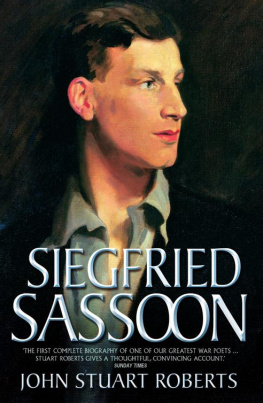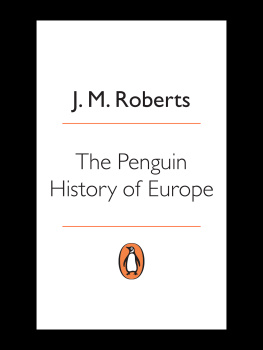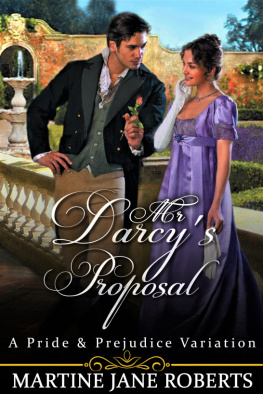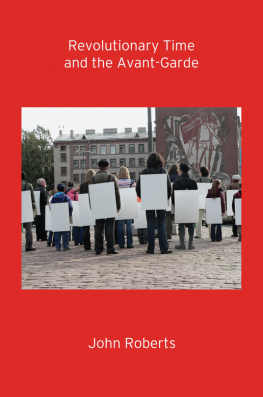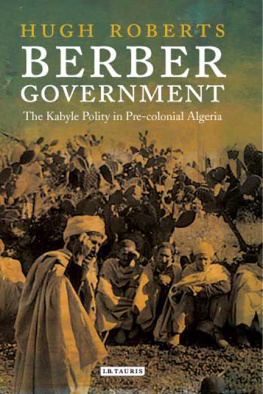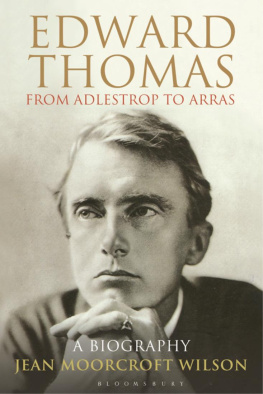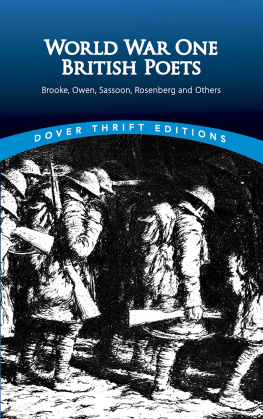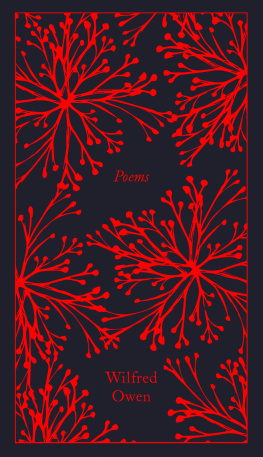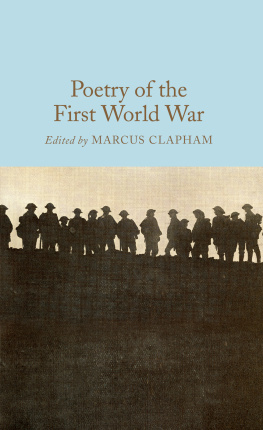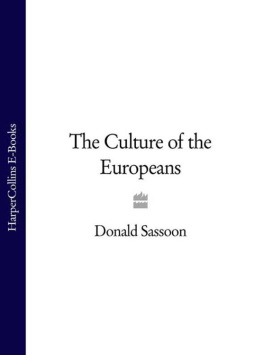I am grateful to Mr George Sassoon for permission to quote from the published and unpublished material of Siegfried Sassoon. I am also grateful to Max Egremont, Sassoons official biographer, for the generous help and permissions he has given me.
It is a pleasure to acknowledge the contribution to Sassoon studies made by Dr Jean Moorcroft Wilson. The Making of a War Poet, the first volume of her full-scale biography of Sassoon, has rightly been greeted as a tour de force. My biography is on a lesser scale and has benefited from the engaging details and insights to be found in Dr Moorcroft Wilsons work.
A new critical study, Siegfried Sassoon: Scorched Glory, has been written by Paul Moeyes. Together with the critical study by Michael Thorpe published in 1967, this new work, full of ideas and interpretations, has widened my horizons and deepened my appreciation of Sassoons prose and poetry.
It is impossible to measure the contribution made by Sir Rupert Hart-Davis. No one has laboured longer or harder than he to safeguard and enhance the reputation of Sassoon, whom he knew and whose friendship he enjoyed. His encouragement during the writing of this biography as well as his counsel has been one of the great sustainments during the last two years. Sir Rupert has placed important Sassoon material in the Archives and Manuscripts Room, Cambridge University Library, including the fine-edited copies of the unpublished diaries. The gesture enriched an already fine collection.
Every student of Sassoon will readily admit their admiration for and indebtedness to Kathleen Cann. Her knowledge of the entire collection and eager involvement in each project, large or small, is an example of librarianship at its highest level.
My gratitude is extended to the following libraries, collections and museums for their help: New York Public Library (Berg Collection); Harry Ransom Humanities Research Center, University of Texas, Austin; Bodleian Library, Oxford; St Johns College, Cambridge; Clare College, Cambridge; Merton College, Oxford; St Johns College, Oxford; Royal Archives, Windsor Castle; Royal Collection, St Jamess Palace; Osborne House, Isle of Wight; British Library, Colindale; BBC Archives Caversham; National Portrait Gallery; National Library of Wales; National Library of Scotland; Leeds University (Brotherton Collection); University of Wales, Cardiff; Henry Moore Institute, Leeds; Laing Art Gallery, Newcastle upon Tyne; Liverpool Public Library; Glasgow City Library; Westminster Library and Chelsea Library; Cardiff City Library; Pembrokeshire County Library; Neath Town Library; Kent County Library; Northampton County Library; Lambeth Palace and Fulham Palace Libraries; Public Records Office, London; Public Records Office, Trowbridge, Wiltshire; Imperial War Museum; Royal Military Academy, Sandhurst; Royal Welch Fusiliers, Caernarfon and Wrexham; Beaulieu Motor Museum; Marlborough College; Eton College; Christs College, Brecon; St Mary Abbots Church, Kensington; Napier Institute of Technology, Edinburgh; New Beacon School, Kent; Local History Societies at Brenchley and Matfield, Kent, and at Warminster; Convent of the Assumption, Kensington Square, London, and Hengrave Hall, Suffolk.
Many individuals have given me their help, for which I express my gratitude. In particular I would like to thank the following: The Earl of Oxford and Asquith; Miss Rosemary Olivier; Claire Blunden; Mother Margaret Mary; Sister Jessica Gatty; Sir Giles Loder; Dennis and Diana Silk; Lady Helen Asquith; Heather James; Ian Davie; Andrew Pinnell; Carol Rothkopf; Kenneth Lohf; The Hon. Mary Morrison; Sarah Morrison; Hugo Vickers; Philip Hoare; Maureen Borland; Mark Amory; Jocelyn Galsworthy; Celia Liddington; Jane Seabrook; Dr Harri Pritchard-Jones; Euryn Ogwen Williams; Keith Williams; Howard Jones; Menna Phillips; Rhys John; Penelope Middleboe; Jane Tremlett; Richard Frost; Kostas Georgiadis; Raymond Jenkins; Joe Sassoon; Dr Paul Newgass; Roger Lockyer; Rachel and Brian Griffiths; Charles Wheeler; Sir Alec Guinness; Christopher Thornycroft; William Hethrington; Lionel Dakers.
This biography would not have been possible without the experience and support of Metro Publishing and its staff. Paul Singer my indomitable researcher, Margaret Body my guide through the wilderness of syntax, punctuation and spelling, Richard Cohen my publisher and editor and Christopher Sinclair-Stevenson my agent, have been unfailing in their patience.
My family has asked me not to thank them!
U nveiling a memorial stone to Walter de la Mare in 1961, Siegfried Sassoon told his listeners in the crypt of St Pauls Cathedral how 50 years earlier he had first encountered the de la Mare magic in the poem All That Is Past. His letter of thanks and the authors reply marked the beginning of a lifetimes friendship. It was while I was working in a second-hand bookshop in an effort to supplement a meagre student grant that the Sassoon magic first came to me as I turned the pages in a second-hand copy of his Collected Poems and found the hauntingly beautiful poem Alone. The delight was cumulative; the effect permanent.
Simplicity of style, a tale well told (this applies to his poetry as well as his prose), humour and pathos are among the reasons why after 40 years his work still captivates me. He was a master of English prose whose appeal lies, for me at least, in the apologia which prefaces all his work: I have been true to what I have experienced. Deeply emotional, he suspected the dispassionate for him the heart always led the head. This priority showed itself in his response to the continuation of the Great War, to the economic deprivation which blighted the lives of so many in the 1920s, and above all in his personal relationships. Late in life he confessed his belief in the religion of the heart but he had practised it from his earliest years. It was a creed which brought him disappointments and periods of great unhappiness which, had he inhabited the cold altitudes of the intellect, might well have been avoided or at any rate mitigated. Like many another he learned that the emotional life has disciplines as demanding as the intellectual.
Throughout his long life Sassoon never lost the navet which typified the work of three of his literary heroes, Henry Vaughan, William Blake and John Clare. Like theirs, his work generates hope and affirms that to be human is an extraordinary gift, even when life would persuade us to the contrary. Sassoon was especially suited to offer this consolation. Materially, he lived a privileged and sheltered life, but like many of his generation he learned the loss of hope through the devastation of war and through personal and domestic anguish. Hope was regained but only after false aspirations had been exposed and after a long, tortuous inner struggle. His most fierce arguments were with himself:
To know myself this fragment of today
To pluck the unconscious causes of unrest
From self-deceiving nature.
This was a hard road but it led to the inner harmony and peace of his last decade. Sassoon took himself seriously, too seriously sometimes, yet no writer was quicker at catching himself out in a pose and impishly laughing at his pretensions and piousness. Considering his abhorrence of intrusion and public display, it is remarkable how he offers so much of himself to his reader remarkable but also deceptive. Although always truthful, Sassoon was not always candid.
During the last 20 years much has been revealed about Sassoon, which he and others might have preferred to remain unsaid, in particular his homosexuality and unhappy marriage. Discretion is more palatable sometimes than openness. Faithfulness to his memory has included preserving unsullied the picture of him as the innocent boy in the Weald of Kent, the sporting youth, the fox-hunting man, the brave warrior, the conscientious protestor, the amiable host and friend. He was all those things but he is not diminished by the more complex picture of him which is now emerging.

